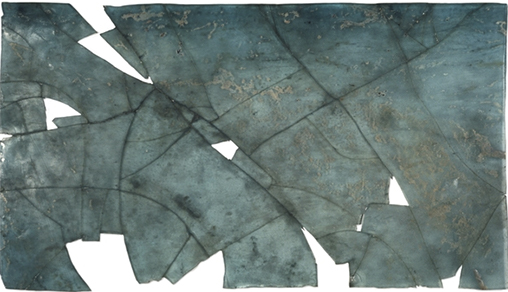The Romans were the first to use glass in windows. The glass was thick, had a greenish hue and was not completely transparent. The window glass was made by pouring molten glass on to a casting table where it was gripped and pulled with tweezers to produce a flat rectangular shape.
To prevent the glass from solidifying during this process, it was continually reheated. This was repeated as often as necessary until the glass had reached the desired size and thickness.
The upper surface of the finished cast glass was glossy and the bottom surface more uneven and pitted from its contact with the casting table. The oldest Roman window glass was found during the excavations of Pompeii and Herculaneum in the Bay of Naples in Italy.
In the ashes and mud left from the eruption of Vesuvius in 79 AD, there were shards of glass and remnants of window components. These finds were of vital importance to our knowledge of the history of the earliest windows and the use of glass in windows.

